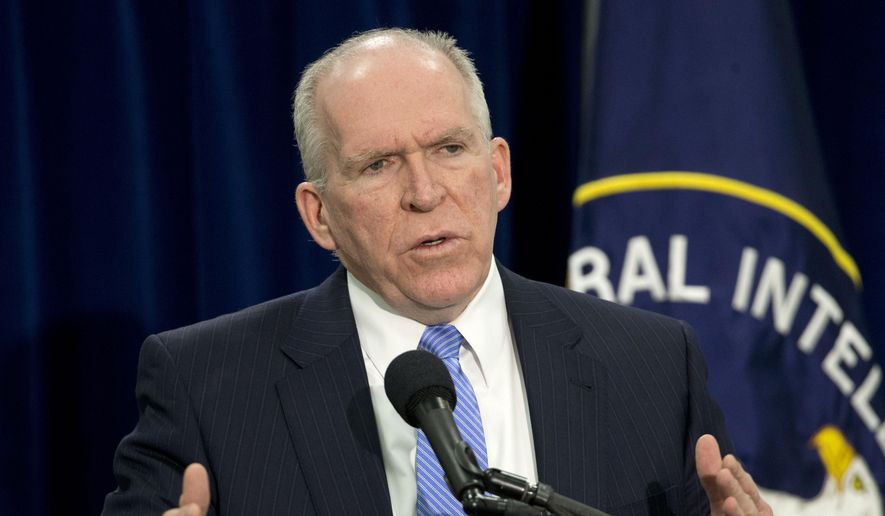The CIA officially launched its new cyber-focused directorate Thursday, capping a massive internal reorganization that intelligence officials say will also include the agency’s first ever creation of six regional command centers aimed at streamlining U.S. spying activities across the globe.
The establishment of the new Directorate for Digital Innovation (DDI) marks the first time in more than 50 years that the agency has formed a new directorate, and it is expected to be a cornerstone of CIA Director John O. Brennan’s legacy at the agency.
Yet, while CIA officials have touted the DDI’s creation as the mantelpiece of an internal reorganization that has been occurring behind-the-scenes for months, it is the formation of the new “mission” centers — including ones for counterintelligence, weapons and counterproliferation, and counterterrorism — that is most likely to shake up the agency’s personnel around the world.
Agency sources described the creation of the the new centers as something akin to the Pentagon’s establishment during recent decades of regional operations hubs including U.S. Central Command, Southern Command and Africom, designed to bring focus and clarity to American military assets with different missions peppered across specific regions.
A CIA statement provided to The Washington Times described the agency’s “ten new Mission Centers” as being designed to “serve as locations to integrate capabilities and bring the full range of CIA’s operational, analytic, support, technical and digital skillsets to bear against the nation’s most pressing national security problems.”
“The new Mission Centers are not tethered to any single directorate and will work with all CIA elements to further enhance integration and interoperability,” the statement said. “They are organized to take full advantage of CIA officers and elements that have the expertise and capabilities to execute missions.”
In sum, the reorganization includes the creation of 10 separate centers: six of which have a regional-based focus — Africa, East Asia and Pacific, Europe and Eurasia, the Near East, South and Central Asia, and the Western Hemisphere; and four of which have a mission-based focus — counterintelligence, counterterrorism, global issues, and weapons and counterproliferation.
But it is the creation of the DDI that is likely to garner more attention, as cyber espionage has taken center stage in the intelligence world in recent years — especially in light of massive hacking incidents that U.S. officials blame on China, North Korea, Iran and a host of non-state actors.
The DDI’s formation implies that the CIA is increasingly bent on securing 21st century relevance on the overall American spying landscape, where other agencies — namely the cyber- and electronic-surveillance-focused National Security Agency (NSA) — have emerged as dominant shapers of U.S. intelligence policy.
The CIA statement said the DDI is “designed to accelerate the infusion of advanced digital and cyber capabilities across the agency.” Now that it is officially up and running, it “joins four other existing directorates at [the] CIA — the Directorate of Analysis, the Directorate of Operations, the Directorate of Science & Technology, and the Directorate of Support,” the agency said.
Mr. Brennan was quoted in the statement as saying: “The Modernization effort is about much more than changing the way CIA is organized; it is about how we work together every day to bring the best of the Agency to the challenges we face. This kind of change will take time.”
“With our Agency’s new structure in place, we will follow through in the coming weeks and months by acting on critical feedback from the workforce and focusing on fundamentals,” the CIA director said.
• Guy Taylor can be reached at gtaylor@washingtontimes.com.




Please read our comment policy before commenting.